50th Year of Ilkley Literature Fest – Event Photography Advice and Tips

I have been privileged to photograph the Ilkley Literature Festival and its fringe events for a number of years now. It is a prestigious event and capturing images of the diverse range of speakers at this renowned festival is always exciting, challenging and brings with it a significant boost to my step count as I dart between the venues spread across the town!
Now that the curtain has come down on the 50th year of the north’s longest running literature festival, I thought I’d look back at a fun few weeks and create a blog for you in which I share event photography advice and tips you can use to improve your own photography.
And what a festival it was this year! The highlights for me were photographing, amongst others, Anton Du Beke from Strictly Come Dancing, Gyles Brandreth, Clare Balding, journalist Polly Toynbee, Jeanette Winterson, adventurer Bear Grylls, Jacqueline Wilson, poet laureate Simon Armitage, stand-up comedian Shaparak Khorsandi and so many more!

Event Photography Advice: The role of the photographer
While there are plenty of famous and iconic figures who appear at Ilkley Literature Festival, I’m always just as interested in photographing the less well-known figures too. The staff at the festival and the many volunteers are also an integral part of the festival’s identity who don’t escape my lens!
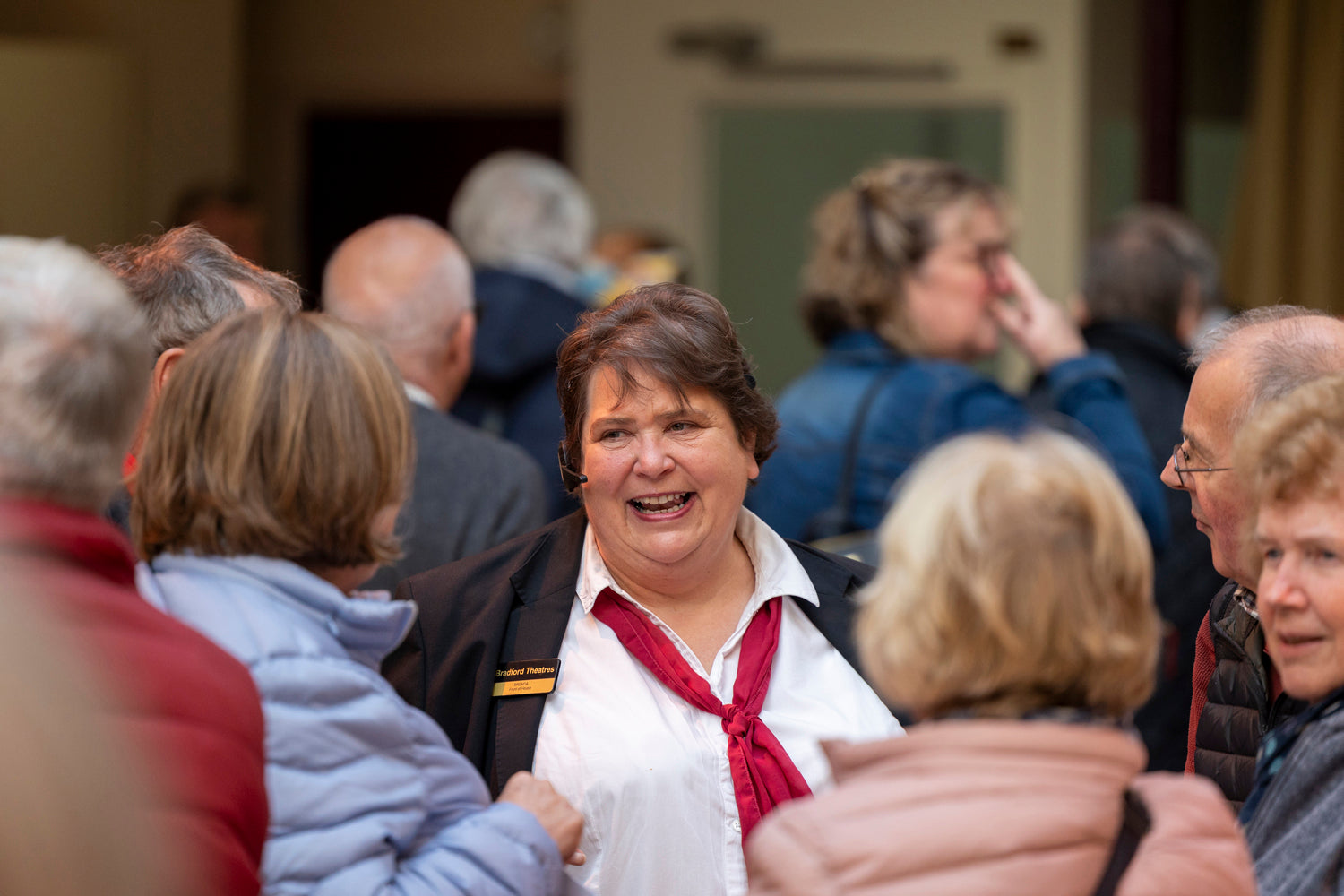
I want to capture the whole picture, from the intriguing minor details to the overall picture, but it’s also important to remember it’s not about what I want but what the client wants. With this in mind, I always check in with event organisers to find out what their priorities are before I start on a project like this.
It’s not me it’s you
Although as a professional photographer, I bring my expertise and experience to each job, that doesn’t mean that I dictate what I capture and how I do it. It’s the people in the photos and what the people commissioning the photos want that IS the most important consideration when creating the images. I need to listen to what they want to portray and then use my knowledge to achieve those goals.

Contrary to popular beleif (😂) - I’m not cool, and that’s okay. Of course, there is a fictionalised image of the aloof creative, protective of their art. But that is not the way to get the images you need at an event like Ilkley Literature Festival. Whether approaching an audience member for a photo or getting some portraits of a headline act, I am polite, and easy-going. This approach helps when trying to create a rapport with people you are photographing. I make sure to communicate what I’m trying to achieve and that makes the whole process much easier.
Maybe the most important thing to remember when you are photographing a live event like this is that the enjoyment of the audience is paramount. They are there to see an author on stage discussing their life and work. They are not there to watch someone take their picture.
This means that, even if you see the most incredible photo opportunity but it’s likely to impede on the audience’s enjoyment of an event, your job is to NOT take the photo! (Painful as it may be)
Event Photography Advice: Camera Equipment and Settings
Typically I’m working across a handful of venues, which are a range of sizes and each have different lighting. The lighting and atmosphere also changes throughout the day from the midday events to the evening shows. Therefore my camera bag is packed full and my approach to settings is pretty flexible to ensure I am ready for every eventuality.

My Camera Bag
Canon EOS R6 (main camera)
Canon EOS 5D Mark IV (backup camera)
Canon Mount Adapter EF to R
Canon R 24-70mm f2.8 L series
Canon EF 24-70mm f2.8 L series (backup lens)
Canon R 70-200mm f2.8 L series
Canon EF 200m f2.8 L lens + Canon EF 1.4 extender III
Profoto A10 flash
Profoto A1 flash
Profoto AirTTL Remote
Gitzo GT3542LS Mountaineer Tripod
FlexShooter Head
Lots of original brand batteries (cameras & flash)
My Approach
As many of the events across Ilkley run to a similar timetable across venues, I make sure I know the priority shots I need to get ahead of the day. I'll then formulate a rough schedule (sometimes a schedule will be written out for me). The key thing on this is to be flexible, because things don't always go to plan!
With each venue and event I'll try to capture a before, during, after sequence. During performances I'll try and limit my presence as much as possible, aiming to get wide (24-70mm), middle (70-200mm) and close (200mm + 1.4 extender) shots either towards the start or end of a performance.

Photographing the well and not so well known names...
Not many people (myself included) find it comfortable having a camera pointed at their face, and a lot of the time you have less than a minute to get the shot. So preparation is key (get those camera settings sorted before you approach you subject). Trying the put the person you’re photographing at ease, is equally vital.
There are a few people who are naturals, enthusiastic and a joy to photograph. Others, particularly those either not use to being photographed or who have complicated relationships with the press (and paparazzi) and are understandably wary of photographers.
I always try to highlight as quickly and effectively as I can that I’m there for the promotion of them and the festival.
“Can I grab a quick photo of you with your book for the festival?”
I’m always careful with my tone and body language too. Keeping things, light open and friendly with a professional manner.

Not everyone will always say yes. Which can feel like a little jolt and impact on the final yet essential ingredient for event photography…
Confidence is a preference for the habitual voyeur of what is known as (Blur, Parklife)
Confidence is a key component for any gigging photographer. It’s a tricky line to walk though and your approach to this may depend on your personality.
Projecting confidence is mostly about creating trust in your abilities so that the person in front of the camera feels safe. But over-confidance can sometimes come across just as badly. I typically aim to project a gentle or light confidence.
Event Photography Camera Settings
Typically I'm shooting Manual with ISO set to auto, keeping my eye on where the ISO is and adjusting the shutter speed and/ aperture according to the situation.
I never use flash during a performance but nearly always have it on before and after performances as it softens the shadows on peoples faces and creates a catchlight in the eyes. I tend to either bounce the flash off a surface to soften it and/or lower the output of the flash so it's not too harsh.

Photo Editing
Each Day at festival I took around 2000 photos 😱 -
At the end of each day, I’ll look through photos on Adobe Bridge and pick 4-5 varied and eye-catching photos.
Then before importing from my SD card, I’ll select around 200-300 to move from over to an external hard drive. I’ll then do another edit (cull) in Lightroom before adding any post-production edits to about 100-200 photos from each day.
Most post production edits are colour, contrast and cropping edits. I try and avoid too much noise reduction as I find htis tends to impact on the sharpness of the photo.
So, that's an overview from my experience and approach during the festival and for event photography in general. I hope you enjoyed it and found it useful. It's a little longer than I anticipated, so maybe I'll make a video too on my Youtube Channel so it's more digestible! :D
If you'd like to get more confident in any of the things discussed here, whether it's camera or flash settings or editing photographs after, you might be interested in some of my Get a Grip workshops or even a private photography lesson.




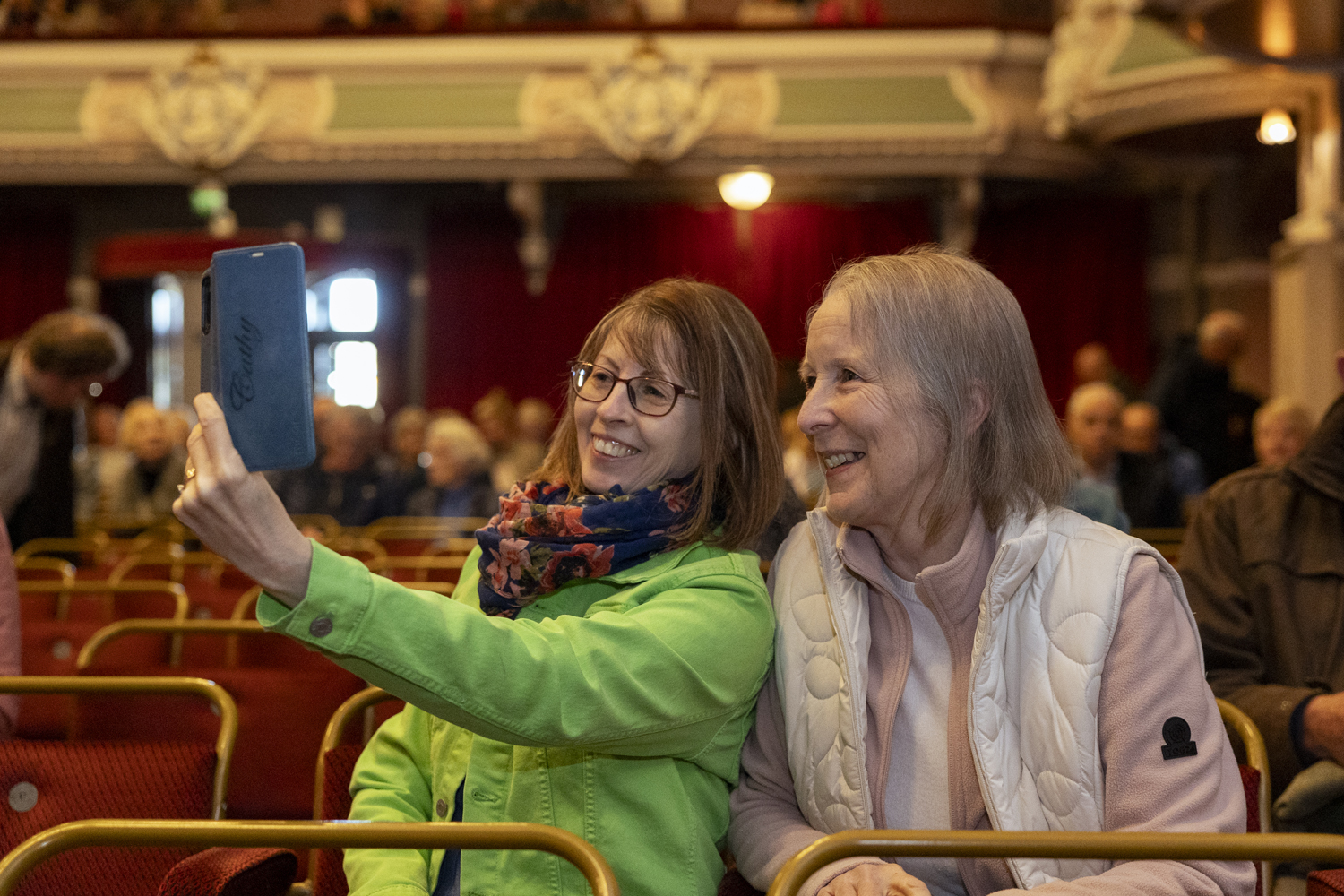





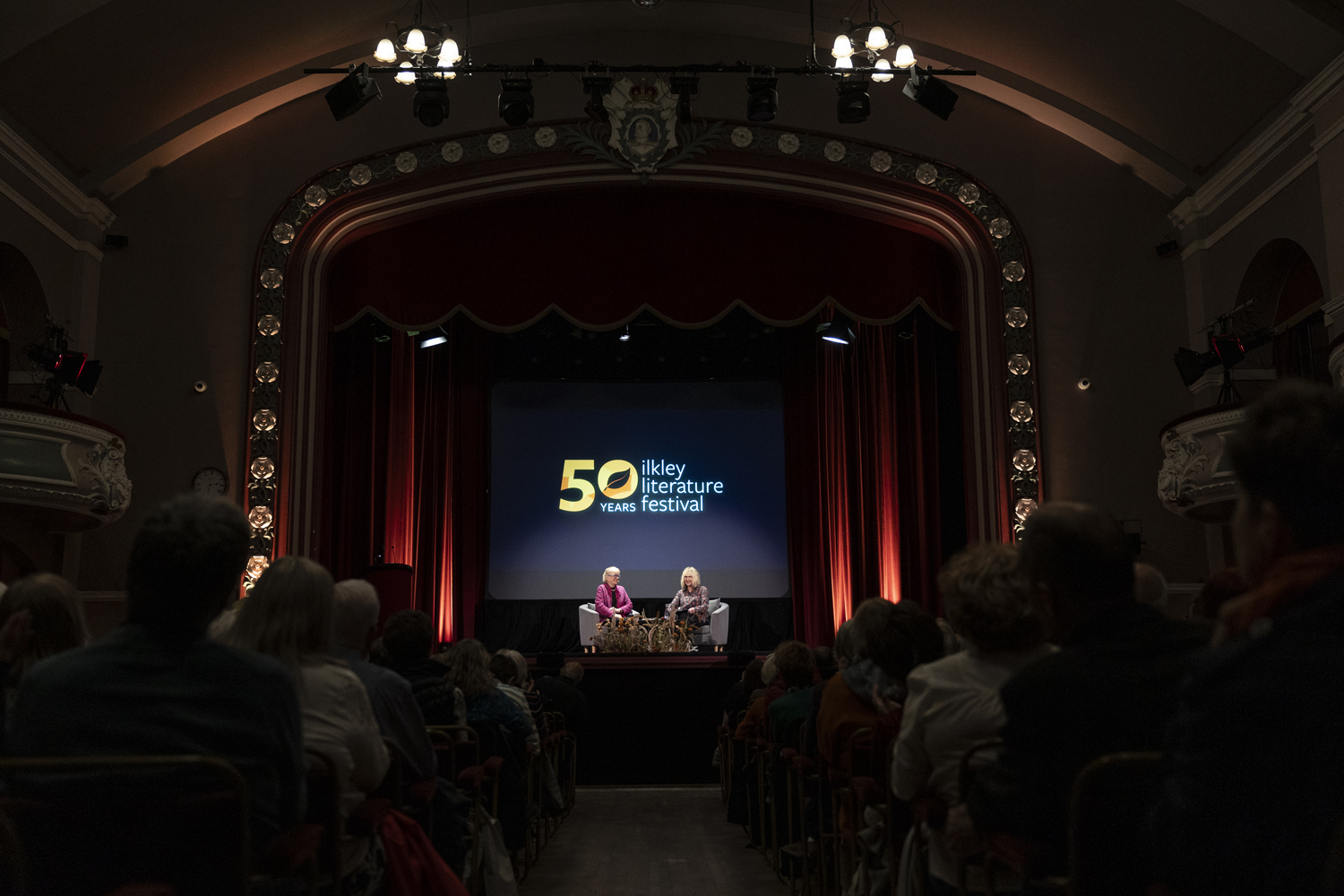


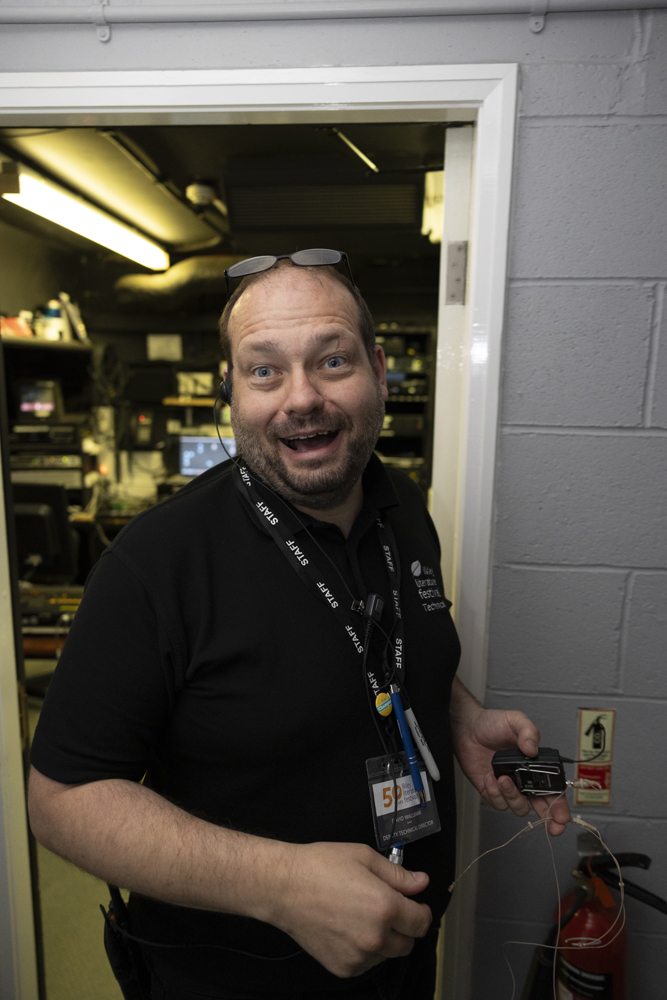










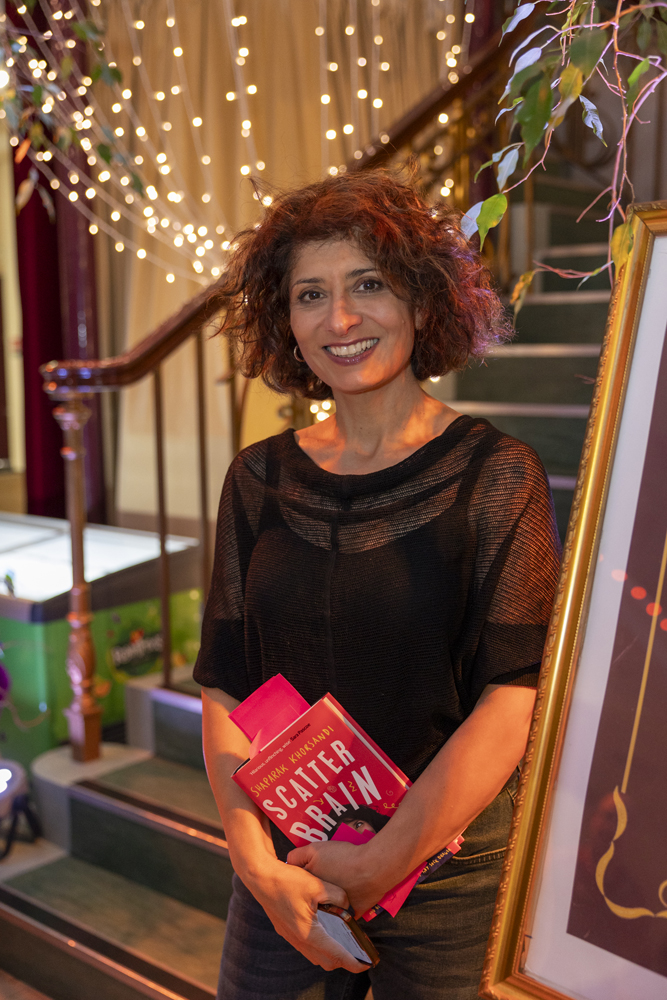
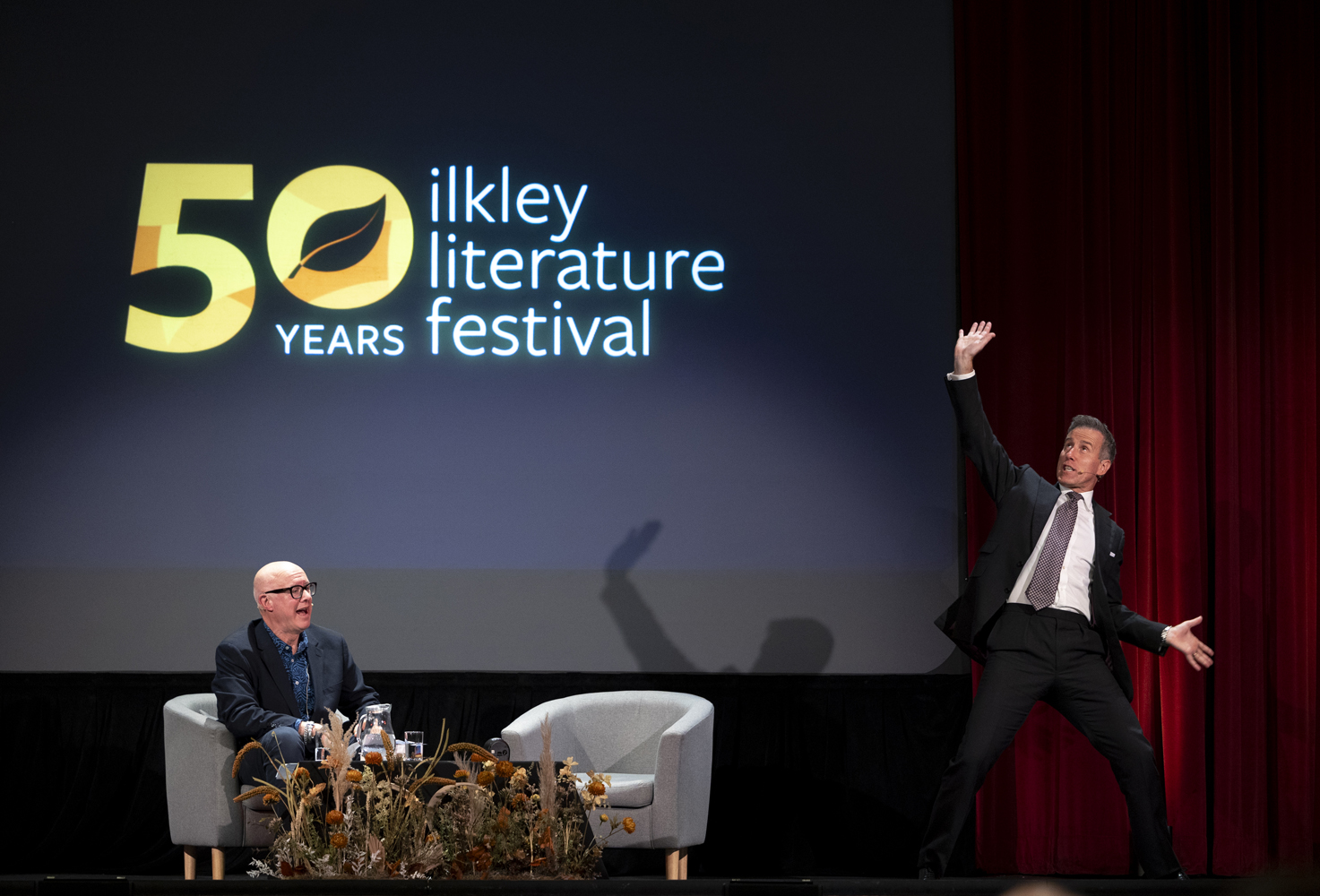














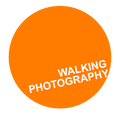


Leave a comment